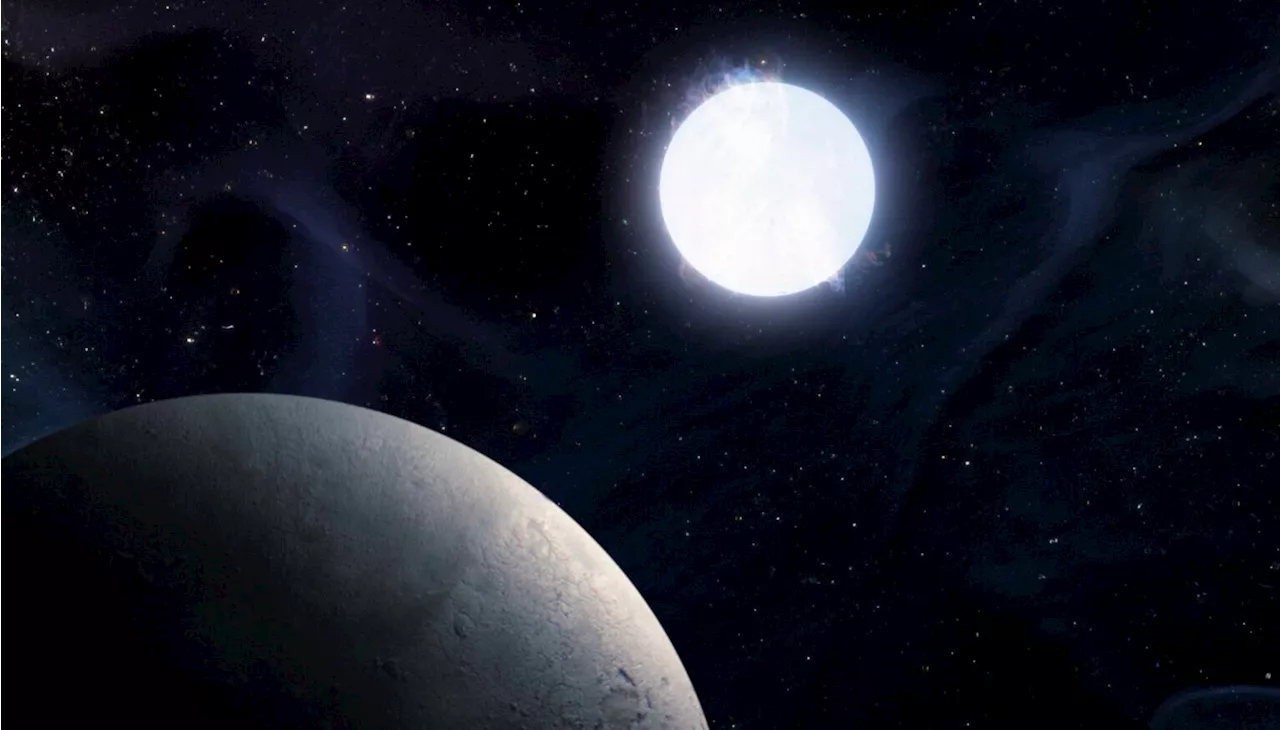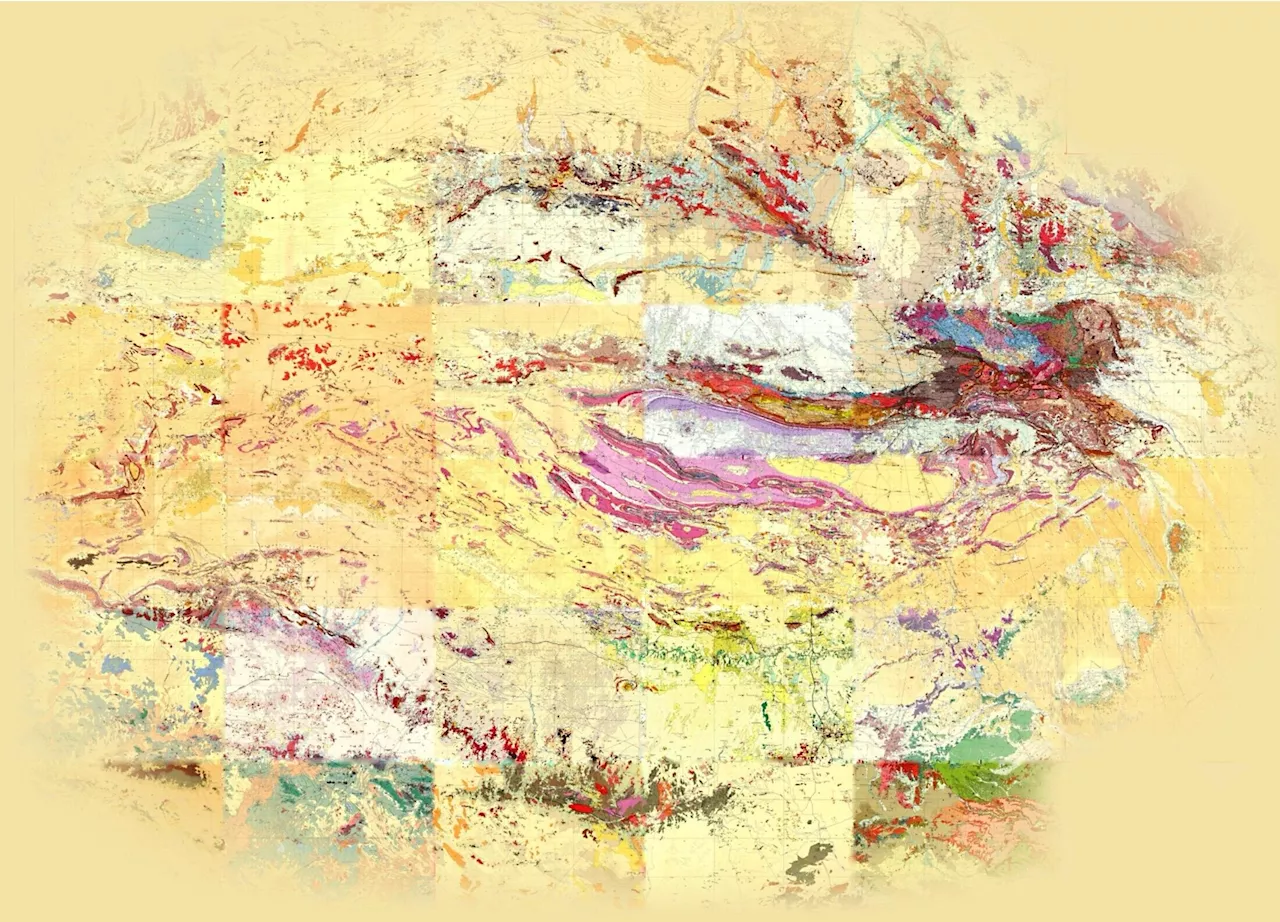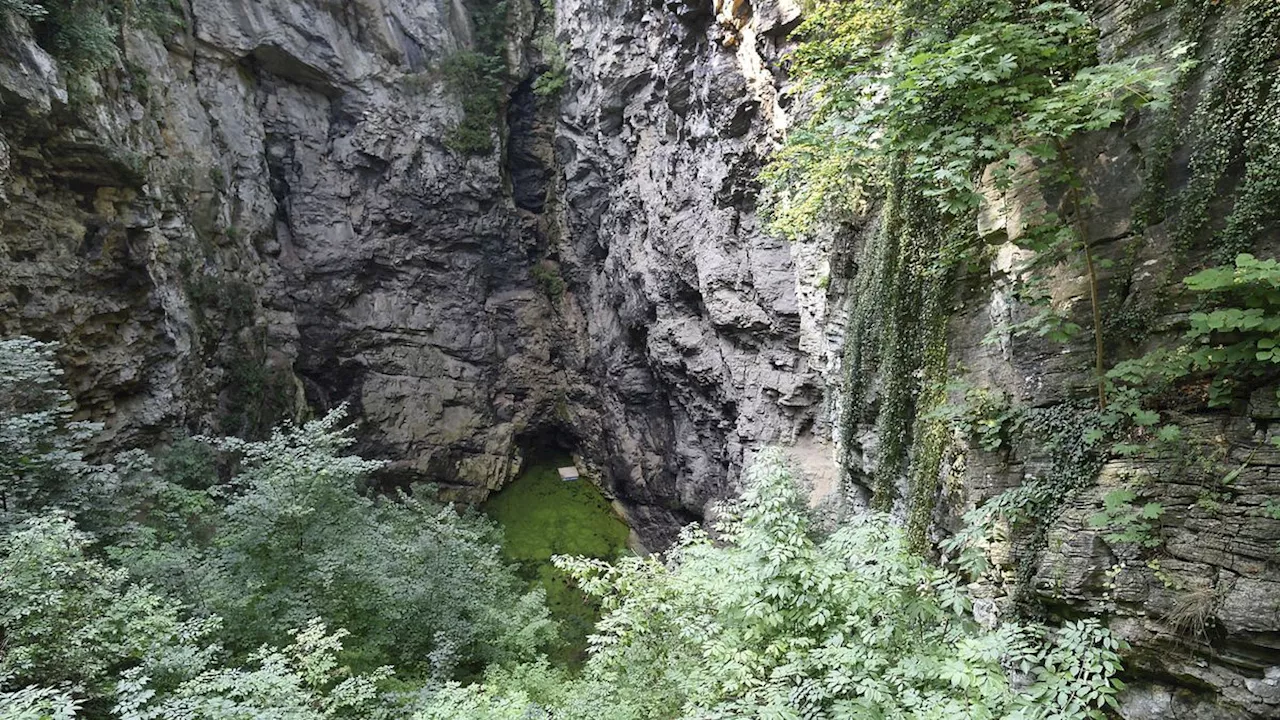Sascha is a U.K.-based trainee staff writer at Live Science. She holds a bachelor’s degree in biology from the University of Southampton in England and a master’s degree in science communication from Imperial College London. Her work has appeared in The Guardian and the health website Zoe.
Coordinates: 49.53214473576795, 17.750610529720298The Hranice Abyss — or"Hranická propast," in Czech — is the deepest known freshwater cave in the world. Geologists think it could extend more than half a mile below Earth's surface, which is more than twice as deep as the world's next-deepest freshwater cave.
Scientists first described the Hranice Abyss in 2016, after conducting numerous dives inside the cave. Researchers then deployed a remotely operated vehicle to explore the corners that divers couldn't reach and measured a maximum depth of 1,553 feet , according to the 2020 study. The opening of the Hranice Abyss is an inclined cavity with a small lake at the bottom, according to the latest study. The underwater portion of the cave is an irregular, vertical cylinder ranging from 30 to 100 feet in diameter. Water temperatures in the cave vary between 58 and 66 degrees Fahrenheit depending on the time of year.
United States Latest News, United States Headlines
Similar News:You can also read news stories similar to this one that we have collected from other news sources.
 Snowball Earth: Researchers discover unique Scottish rocks record when Earth was first encased in iceMore than 700 million years ago, the Earth was plunged into a state that geologists call 'snowball Earth', when our planet was entirely encased in ice. This happened when the polar ice caps expanded so far that they joined up around the equator.
Snowball Earth: Researchers discover unique Scottish rocks record when Earth was first encased in iceMore than 700 million years ago, the Earth was plunged into a state that geologists call 'snowball Earth', when our planet was entirely encased in ice. This happened when the polar ice caps expanded so far that they joined up around the equator.
Read more »
 Tiny Earth-Like World Discovered Orbiting Nearest Single Star to EarthThe Best in Science News and Amazing Breakthroughs
Tiny Earth-Like World Discovered Orbiting Nearest Single Star to EarthThe Best in Science News and Amazing Breakthroughs
Read more »
 An Earth-like Planet Around a Dead Sun Provides Some Reassurance About the Future of EarthSpace and astronomy news
An Earth-like Planet Around a Dead Sun Provides Some Reassurance About the Future of EarthSpace and astronomy news
Read more »
Genshin Impact 5.1 will bring Spiral Abyss skip feature and big crafting optimizationUpdate 5.1 for Genshin Impact has yet another Honkai: Star Rail-inspired quality-of-life improvement in store, but crafting is getting big additions as well.
Read more »
 Facing the abyss again, these Mets showed how the improbable has become probableThe Mets had nothing left — but another all-time moment in franchise history.
Facing the abyss again, these Mets showed how the improbable has become probableThe Mets had nothing left — but another all-time moment in franchise history.
Read more »
 Australian crater could offer fresh insight into Earth's geological historyA probable crater stretching more than 370 miles, or 600 kilometers, across the heart of Australia could reshape our understanding of Earth's geological history.
Australian crater could offer fresh insight into Earth's geological historyA probable crater stretching more than 370 miles, or 600 kilometers, across the heart of Australia could reshape our understanding of Earth's geological history.
Read more »
